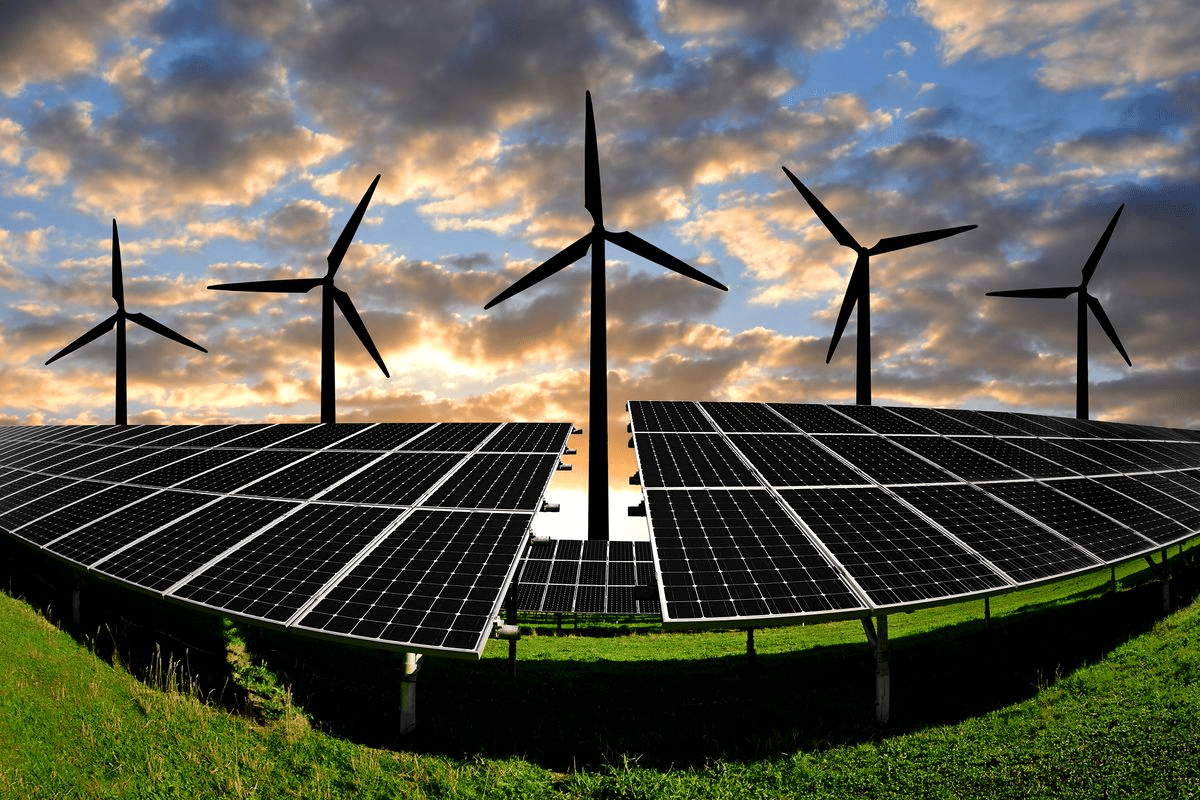

Every year 35 billion barrels of oil are used. According to current estimates, oil and gas will remain for about 50 years, and coal about a century. On the other hand, we have a lot of water, sun, and wind. These are renewable energy sources, which means that we will not consume them over time. But there’s the century-old question: what if we could replace our dependence on fossil fuels for an existence based solely on renewable sources?
This is a huge challenge, even if we ignore all the politics involved and focus on science and engineering. This problem can be better understood by understanding the way we utilize energy.
Global energy use is a diverse and complex system, and different elements require their own solutions. But for now, electricity and liquid fuels are what we need to focus on. Electricity can supply blast furnaces, elevators, computers, and more in our homes, manufacturing, and business. Meanwhile, liquid fuels play a critical role in almost all modes of transport.
The great news is that our technology has already advanced enough to capture all this energy from renewable sources, and there is enough supply. The sun continuously emits about 173 quadrillion watts of solar power on earth, almost ten thousand times more than our needs today. It is estimated that an area of several hundred thousand kilometers will be needed to feed humanity at our current levels of use.
Because there are other obstacles such as efficiency and energy transport, it’s easier said than done. To maximize efficiency, solar power plants should be located in areas with plenty of sun all year round, such as deserts. But they are far from densely populated regions, where energy demand is high.
There are other forms of renewable energy that we can draw on, such as hydroelectric, geothermal, and biomass, but they have limitations based on availability and location. In principle, a connected electrical network with power lines that cross the entire planet will allow us to transmit energy from where it is produced, where it is needed.
Building a system on this scale, however, comes with a huge price tag. The development of advanced technology for more efficient energy collection can lead to cost reductions. Energy transport infrastructure will also need to change drastically. Today’s transmission lines lose about 6-8% of the energy they carry, as wire material loses energy through resistance. Longer transmission lines would mean greater energy losses. Such material can transmit electricity without loss. Unfortunately, they only work if they are cooled to low temperatures, which requires energy and invalidates the target. To take advantage of this technology, we will have to find new superconducting materials that work at room temperature.
The transition to fully renewable energies by finding new solutions is becoming a complex problem involving technology, economics, and politics. Priorities in dealing with this challenge depend on the specific assumptions we have to make when trying to solve such an ambiguous problem. However, it’s never too late to have hope that one day, we can live in a world powered by renewable energy.








© THE CEO PUBLICATION 2021 | All rights reserved. Terms and condition | Privacy and Policy